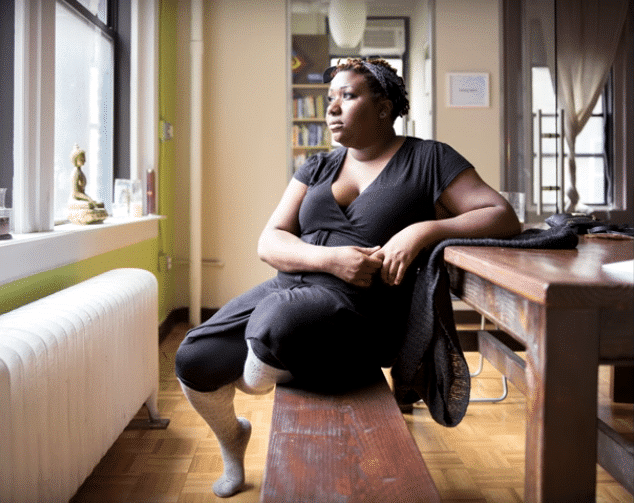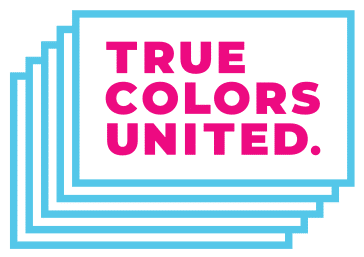
During this year’s Forty to None Summit, Lyssette Horne spoke on growing up a first generation American, her experiences with homelessness, and how art gave her the voice she’d been longing to hear.
I’m an artist, I’m a filmmaker, and I’m a formerly homeless youth. And art gave me a voice that I didn’t know I had.
I grew up in a West Indian home – first generation American – and didn’t know when I was growing up that I was being abused. I didn’t really understand the circumstances around my abuse. I didn’t really understand that was happening to me. I knew that I was different. I knew that I was perceived as being “weird” by my classmates. But I knew that. I always knew I was different. I was very quiet. I was raised to be this subservient little girl.
When you are growing up in a traditional West Indian home, there is a saying that goes, “Children should be seen not heard.” I took that to heart. And as a child of abuse a lot of times you want to be perfect. You want to be the “Type A” kid. The kid with perfect grades. You’re the kid that doesn’t speak up when things are happening to them, but is able to somehow push forward and be perceived as this perfect child. And that’s what I did for a majority of my life up until the abuse ended when I was about fourteen. And the abuse that I’m talking about is sexual abuse in my home.
Being a child, I didn’t have the words to explain my feelings… the confusion… But I had poetry. I had art work. And I was thankfully encouraged to be creative, to paint, to draw, to dance. Those are the only ways I could understand my feelings. Those were the only ways I could express my feelings. So, for me, art really gave me the voice that a lot of my other classmates had. And I just want to say that for most of my life… when I became homeless… throughout all the things I’ve had to go through, art gave me a voice. It gave me an opportunity to really be the person I want to be. It gave me an opportunity to not be invisible. It gave me the opportunity to speak up and be heard. Opportunities like being here [at the Forty to None Summit] to speak out about what happened to me, to be a fully functioning citizen, and to share my experiences with a community of people that dealt with the kind of trauma I have been through and not be alone.
You can see Lyssette in SEE ME: Picturing New York’s Homeless Youth, a photo book by photographer Alex Fradkin in collaboration with fifteen youth in New York City. Adapted by The Reciprocity Foundation, SEE ME focuses on the inner worlds of young people experiencing homelessness — capturing the qualities of tenacity, hope, creativity and inner strength that are so rarely seen by the public eye. Alex spent a year not only photographing these young people, but talking about their lives, hopes, and dreams for the future. Lyssette was one of the amazing people featured in the project.
Lyssette’s story, as well as her work with Alex, illustrate the importance of having a voice. It’s normal to feel alone sometimes. Lyssette says you’re not alone. You do have a voice. Sometimes you have to find it. And sometimes it finds you.
